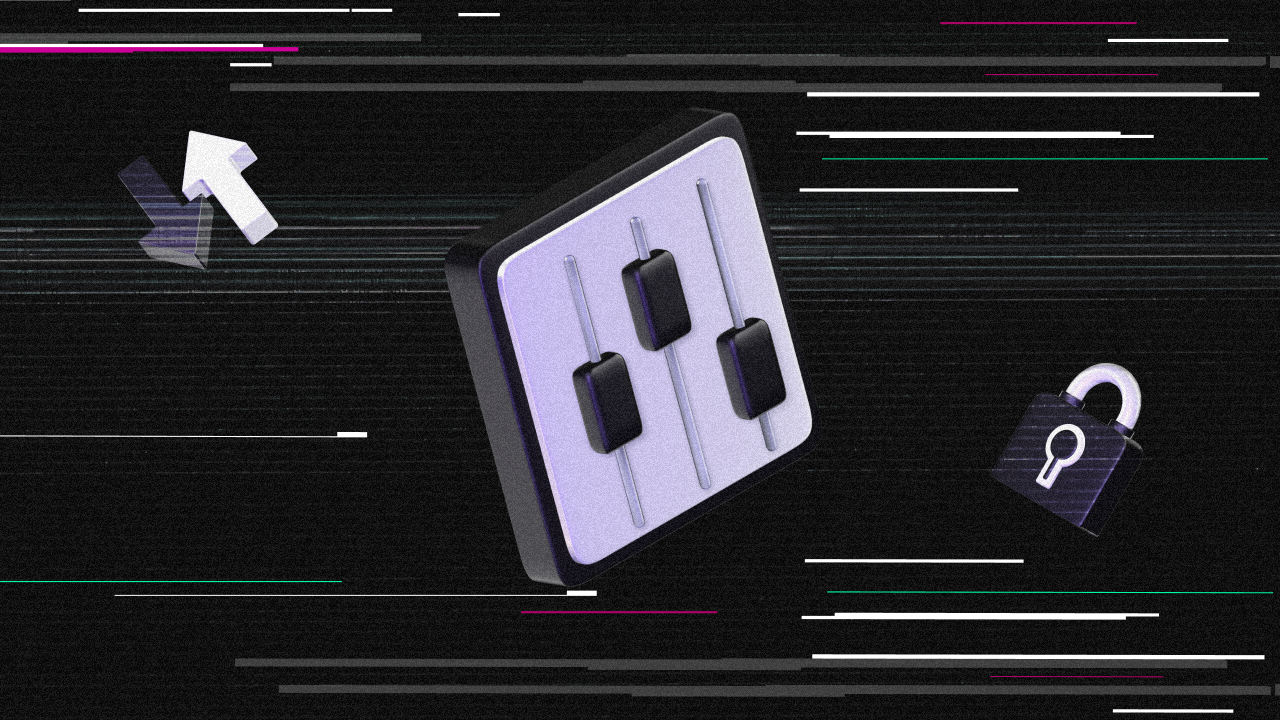DEX Explained: Who Really Owns Your Crypto?

Centralized exchanges remain the go-to choice for many users. They offer intuitive interfaces, deep liquidity, and an easy entry point into crypto. But have you ever stopped to ask: Do you own your assets when using a CEX?
In this article, we’ll unpack how decentralized exchanges (DEXs) work, how they differ from centralized platforms, what risks they eliminate, and why Web3 teams should seriously consider integrating DEXs into their products and token strategies.
Centralized Exchanges: Convenient, but Not Truly Secure
When you deposit crypto into a centralized exchange, you can no longer control it. Your assets are stored in wallets controlled by the platform, and your access is limited to what the interface allows. This creates several vulnerabilities: high risk of hacks, dependency on regulations in specific jurisdictions, potential account freezes, and censorship by the exchange itself.
This can pose a major problem for Web3 projects. Using centralized infrastructure may weaken community trust and contradict the decentralized principles at the heart of blockchain ecosystems.
What Are DEXs and How Do They Work?
Decentralized exchanges enable users to trade directly from wallet to wallet via smart contracts without intermediaries or custodial risk. Every transaction is recorded on-chain, and users retain complete control over their funds until the trade executes.
For Web3 builders, this means directly integrating tokens into the DeFi ecosystem, creating liquidity pools, launching IDOs, and fully managing project tokenomics without relying on external approval.
Smart Contracts and Liquidity Pools
DEXs are powered by smart contracts — self-executing pieces of code that carry out trades based on predefined rules. Connect your wallet, choose a trading pair, approve token usage, and initiate the swap. If the price shifts too much during confirmation, the transaction is canceled to prevent slippage.
Trades are executed through liquidity pools, which hold token pairs. Users who provide liquidity earn a share of the transaction fees. This mechanism allows new tokens to be launched and traded without centralized listing.
Why DEXs Matter for Web3 Projects
For Web3 teams, DEXs open up a world of opportunity. First, you don’t need approval to list your token — creating a pool is enough. Second, you gain complete control over the token economy, including emission rules, buy/sell limits, and reward mechanics.
You can also integrate tokens into broader DeFi frameworks, such as yield farming, staking, and DAO voting. This empowers communities to participate directly in governance and ecosystem development.
Advantages of DEXs
The key benefits of decentralized exchanges include financial autonomy, no mandatory identity verification, global access, and transparent operations. Every transaction is verifiable on-chain, making the system more accountable and auditable.
DEXs also allow projects to launch tokens without gatekeepers and let users earn yield by providing liquidity. This makes them powerful tools for early-stage product launches and community building.
Challenges and Risks of DEXs
Despite their advantages, DEXs come with challenges. Liquidity can be fragmented across networks, making the interface complicated for beginners. Trading requires understanding how transactions are confirmed, owning native tokens for gas fees, and staying alert to potential scams.
Liquidity providers are exposed to impermanent loss, and smart contracts can contain vulnerabilities. There’s also no way to reverse a failed transaction, and in many jurisdictions, DEXs operate in a regulatory gray area.
How Web3 Teams Use DEXs
Projects leverage DEXs across all stages — from launching tokens via Uniswap or PancakeSwap, to building liquidity programs and gamified mechanics. DEXs are increasingly used in DAO governance, DeFi protocols, and GameFi systems. They’re often the first place teams gather user feedback after a token launch.
A well-designed approach is essential. That includes selecting the correct token standard and network, planning a liquidity pool strategy, protecting against manipulation, and ensuring clear, transparent operations.
Final Thoughts
Decentralized exchanges are a cornerstone of Web3 infrastructure. They give builders freedom from centralized gatekeepers and offer the ability to launch and manage tokens without red tape. For users, they represent actual asset ownership and permissionless access to blockchain protocols.
If you're launching a token or building a Web3 product, DEXs should be a key part of your strategy. The Cware Labs team helps projects design resilient token economies, launch IDOs, integrate tokens into DeFi, and build liquidity from day one. Reach out to us if you're ready to unlock the full potential of decentralized finance. Follow Cware Academy for more in-depth resources created for teams building the future of Web3.
